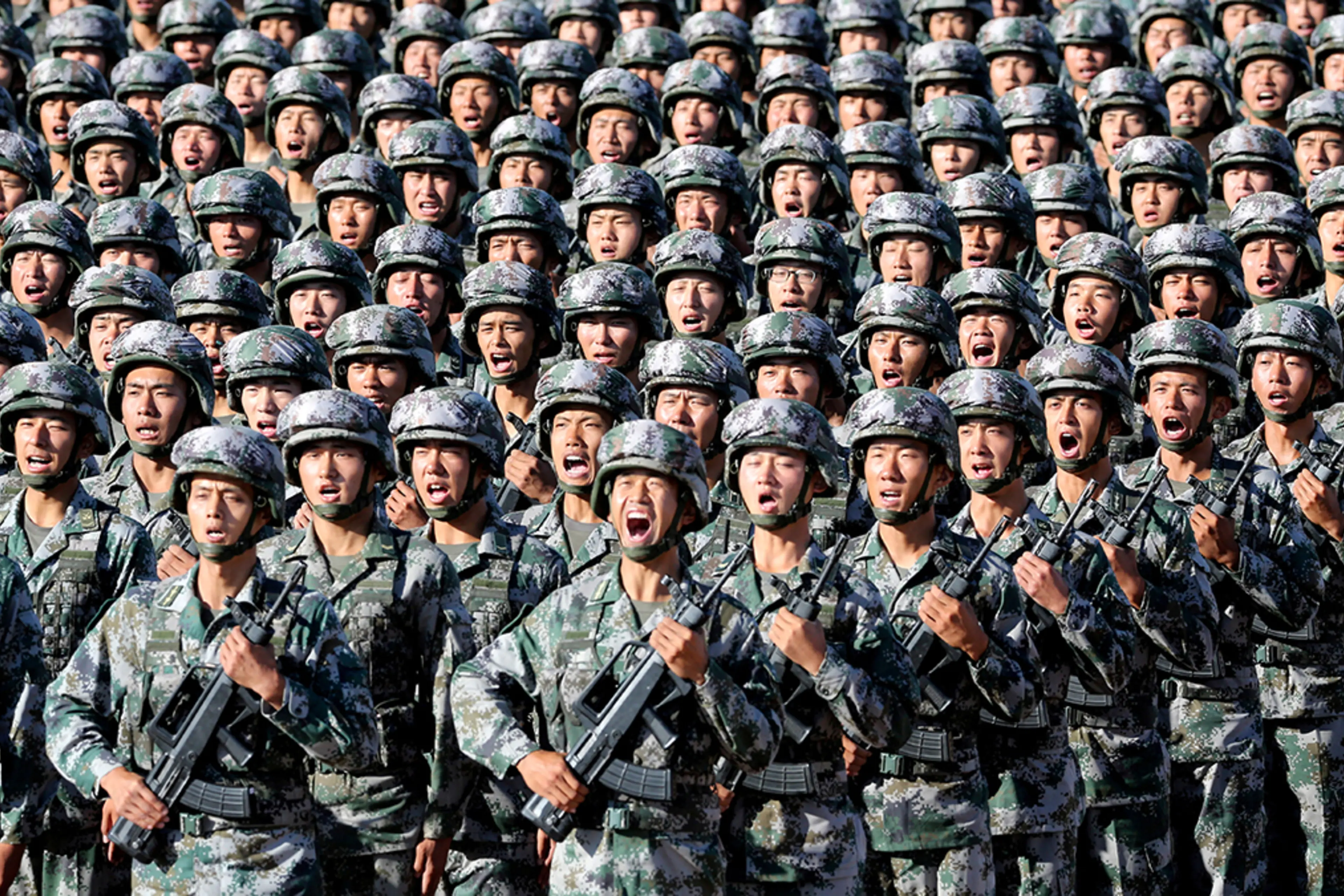The Chinese military, officially known as the People's Liberation Army (PLA), is one of the largest and most powerful armed forces in the world. With a rich history and a modernization drive, the PLA plays a crucial role in safeguarding China's national interests and maintaining regional stability.
Historical Background
The roots of the Chinese military can be traced back to the early 20th century, with the establishment of various revolutionary armed forces during China's tumultuous period. Following the founding of the People's Republic of China in 1949, the PLA emerged as the country's unified military force under the leadership of the Communist Party of China (CPC).
Organizational Structure
The PLA is structured into several branches, each responsible for specific domains of military operations. These branches include the People's Liberation Army Ground Force (PLAGF), the People's Liberation Army Navy (PLAN), the People's Liberation Army Air Force (PLAAF), and the People's Liberation Army Rocket Force (PLARF).
Branches of the Chinese Military
People's Liberation Army Ground Force
The PLAGF, also known as the Chinese Army, is the largest branch of the PLA and primarily responsible for ground warfare operations. It consists of infantry, armored, artillery, and special operations units deployed across China's vast territory.
People's Liberation Army Navy
The PLAN is one of the fastest-growing naval forces globally, with a focus on developing blue water capabilities and expanding China's maritime influence. It operates a diverse fleet of surface vessels, submarines, and amphibious assault ships, bolstered by naval aviation assets.
People's Liberation Army Air Force
The PLAAF is tasked with defending China's airspace and conducting aerial operations across various domains. It operates a modern fleet of fighter jets, bombers, transport aircraft, and reconnaissance drones, supported by an extensive network of airbases and command facilities.
People's Liberation Army Rocket Force
The PLARF, formerly known as the Second Artillery Corps, is responsible for China's strategic missile forces, including intercontinental ballistic missiles (ICBMs), submarine-launched ballistic missiles (SLBMs), and conventional missile systems. It plays a vital role in China's nuclear deterrence strategy.
Modernization Efforts

Technological Advancements
In recent years, China has made significant strides in military technology, investing heavily in advanced weapon systems, cyber capabilities, and space-based assets. The PLA's modernization efforts aim to enhance its overall combat readiness and strategic capabilities, narrowing the technological gap with other major powers.
Military Reforms
Under the leadership of President Xi Jinping, the PLA has undergone extensive reforms aimed at enhancing its joint operational capabilities, command structure, and combat effectiveness. These reforms include streamlining the military bureaucracy, reorganizing command chains, and integrating emerging technologies into military operations.
Strategic Priorities and Challenges

Territorial Disputes
China's assertive territorial claims in the South China Sea, East China Sea, and other contested regions have raised tensions with neighboring countries and sparked concerns among regional powers and the international community. The PLA plays a central role in safeguarding China's territorial integrity and maritime interests.
Regional Power Projection
As China seeks to expand its influence beyond its borders, the PLA has adopted a more proactive approach to regional security affairs, conducting naval patrols, air defense exercises, and military drills in strategic areas. This has led to growing concerns about China's intentions and the potential for military confrontation in the Asia-Pacific region.
Cyber Warfare and Information Operations
Cyber warfare and information operations have emerged as key components of China's military strategy, enabling the PLA to conduct espionage, sabotage, and psychological warfare against adversaries. China's growing cyber capabilities pose a significant challenge to global cybersecurity and threaten the stability of cyberspace.
International Relations and Diplomacy

Military Exchanges and Cooperation
Despite tensions with some countries, China actively engages in military exchanges, joint exercises, and defense dialogues with various nations worldwide. These initiatives aim to promote mutual understanding, enhance military-to-military trust, and foster cooperation on common security challenges.
Defense Policies and Postures
China's defense policies and strategic postures are shaped by its evolving security environment, national interests, and foreign policy objectives. While China emphasizes a defensive military posture and a policy of "no first use" of nuclear weapons, its growing military capabilities and assertive behavior raise concerns about its intentions and ambitions.
Conclusion
In conclusion, the Chinese military, as embodied by the People's Liberation Army, is a formidable force with significant capabilities and strategic ambitions. As China continues to modernize its armed forces, expand its influence, and assert its presence on the global stage, the PLA will play an increasingly influential role in shaping regional dynamics and international security.
FAQs
Q. How does the Chinese military compare to other global powers?
Ans: The Chinese military, while still developing in certain areas, boasts significant capabilities and resources, making it one of the most powerful armed forces globally.
Q. What are China's primary security concerns?
Ans: China's primary security concerns include territorial disputes, regional instability, and potential threats to its sovereignty and national interests.
Q. How does the PLA contribute to China's foreign policy objectives?
Ans: The PLA serves as a critical tool for advancing China's foreign policy objectives, projecting power, protecting interests, and ensuring national security.
Q. What role does the PLA play in China's defense strategy?
Ans: The PLA plays a central role in China's defense strategy, focusing on deterrence, defense, and safeguarding national sovereignty and territorial integrity.
Q. How does China address concerns about its military buildup and assertive behavior?
Ans: China emphasizes its commitment to peaceful development, mutual cooperation, and maintaining regional stability, while also asserting its rights and interests in accordance with international law.
